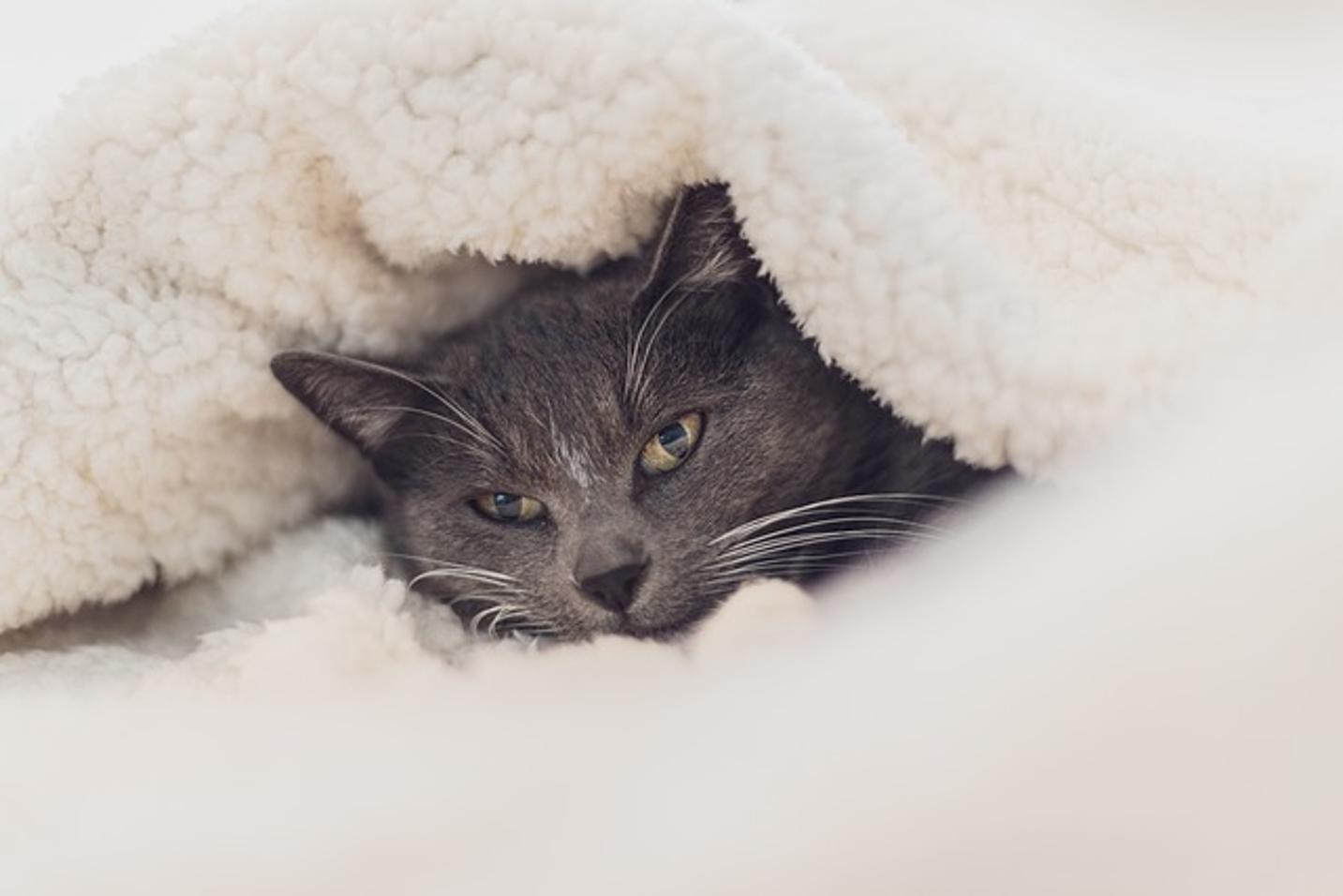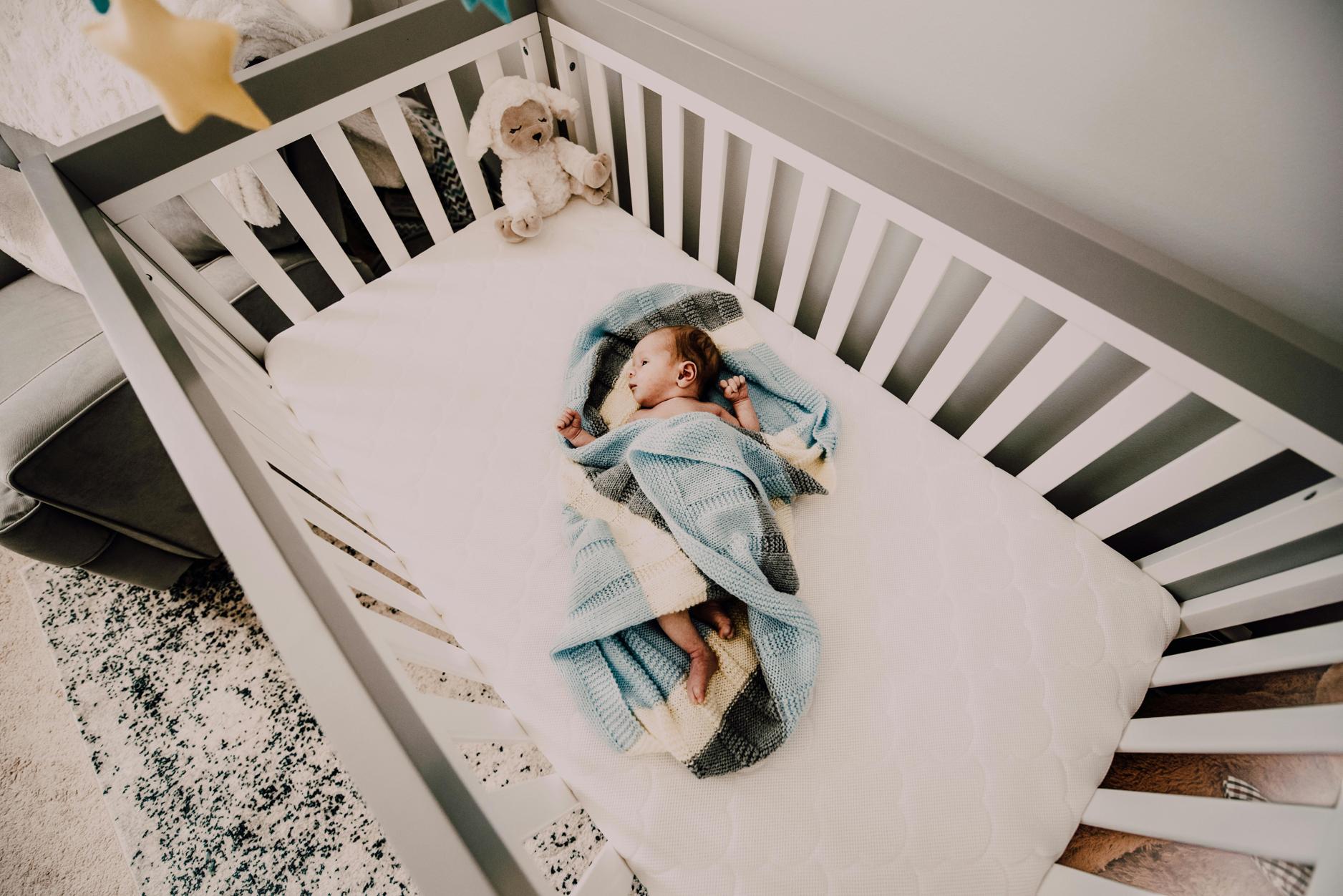Introduction
Parents naturally prioritize their baby’s safety, especially when it comes to sleep. One common concern is whether it’s safe to use a blanket in the crib. While blankets can offer warmth and comfort, they can also pose significant risks if not used correctly. This guide aims to provide comprehensive information on how to safely use a blanket in a crib, including understanding potential risks, knowing the right time to introduce a blanket, and the best practices to follow for your baby’s safety.

Understanding the Risks of Using Blankets in Cribs
Blankets can pose several risks when used in a baby’s crib. The primary concern is the potential for suffocation, which can occur if a baby’s face becomes covered by the blanket. This risk is heightened for infants who lack the ability to remove objects from their faces. Additionally, loose bedding can contribute to Sudden Infant Death Syndrome (SIDS), a terrifying and unexplained phenomenon where an otherwise healthy infant dies suddenly during sleep.
Moreover, blankets can cause overheating, which is another risk factor for SIDS. Babies cannot regulate their body temperature as effectively as adults, so maintaining an appropriate sleeping environment is crucial. Avoiding these risks is vital for ensuring your baby’s wellbeing during sleep time.
Given these risks, understanding when and how to safely introduce a blanket into your baby’s crib is essential. Let’s move on to discussing the appropriate age and conditions for introducing a blanket.

When to Safely Introduce a Blanket
Typically, experts recommend against using blankets for infants under 12 months old. Newborns and younger infants are particularly vulnerable to the risks associated with blankets and other loose bedding. The American Academy of Pediatrics emphasizes that a crib should be free from fluffy and loose objects during the first year to lower the risk of SIDS.
However, as babies grow and gain more control over their movements, the risk decreases. Around the age of one, most babies have the motor skills needed to push blankets away from their face, reducing the suffocation risk. That said, each child develops at their own pace, so it’s essential to consider individual readiness beyond just age milestones. If you feel unsure, consulting with your pediatrician can offer personalized advice.
With the appropriate timing clarified, it’s equally important to choose the right blanket. Up next, we’ll delve into selecting a safe and suitable blanket for your baby’s crib.
Choosing the Right Blanket for Your Baby
When choosing a blanket for your baby’s crib, safety should be the top priority. Lightweight and breathable materials like cotton or muslin are excellent options as they reduce the risk of overheating and allow for better air circulation. Avoid heavy or thick blankets that can pose suffocation hazards and contribute to overheating.
Here are some tips for selecting the right blanket:
- Material: Choose soft, breathable, and natural fabrics like cotton, bamboo, or muslin.
- Size: Ensure the blanket is appropriately sized so it doesn’t bunch up or cover the baby’s face. A smaller, crib-sized blanket is ideal.
- Weight: Opt for lightweight blankets that are easy for your baby to move.
- Design: Steer clear of blankets with embellishments like ribbons, buttons, or tags that could be choking hazards.
- Washability: Ensure the blanket is easy to clean. Babies can be messy, and frequent washing will be necessary.
Your baby’s blanket should add comfort without compromising safety. In the next section, we’ll discuss best practices for using blankets safely in cribs.
Best Practices for Using Blankets Safely
Once you have the right blanket, adhering to best practices can further ensure your baby’s safety:
- Tuck Tightly: Always tuck the blanket tightly around the crib mattress, covering your baby no higher than the chest. This will prevent the blanket from moving up to cover the face.
- Feet-to-Foot: Place your baby’s feet at the bottom of the crib. This way, they can’t wiggle down under the blanket during sleep.
- Use Wearable Blankets: Consider using wearable blankets or sleep sacks as an alternative to traditional blankets. These provide warmth without any risk of covering your baby’s face.
- Regular Checks: Frequently check on your baby during naps and nighttime sleep to ensure they’re safe and comfortable.
- Avoid Heavy Bedding: Even when your baby seems ready for a blanket, continue to avoid heavy bedding or loose sheets in the crib.
Implementing these best practices complements the safety offered by the right blanket choice. However, creating a safe sleep environment goes beyond the blanket itself.
Other Safe Sleep Habits to Consider
In addition to proper blanket use, other safe sleep habits contribute significantly to your baby’s overall safety:
- Firm Mattress: A firm mattress offers better support and reduces suffocation risks. Make sure it fits snugly in the crib to avoid gaps.
- Sleep Position: Always place your baby on their back to sleep. This position significantly reduces the risk of SIDS.
- No Extra Items: The crib should be free from pillows, stuffed animals, bumpers, and other soft items.
- Optimal Room Temperature: Keep the room at a comfortable temperature, ideally between 68-72 degrees Fahrenheit, to prevent overheating.
- Supervised Tummy Time: Encourage supervised tummy time during the day to help your baby develop strong muscles and motor skills.
Adopting these safe sleep practices can work in harmony with your efforts around blanket usage, ensuring your baby has a safe and restful sleep environment.

Conclusion
Ensuring your baby’s sleep safety is paramount, and the use of blankets in cribs should be approached with caution. Understanding the risks, knowing when to introduce a blanket, choosing the right type, and following best practices for use are essential steps. Complement these with other safe sleep habits, and you’ll create a secure sleeping environment for your baby.
Careful adherence to these guidelines will give you peace of mind and help ensure your baby enjoys safe and comfortable sleep. Always consult with your pediatrician if you have any specific concerns or questions about your child’s sleep safety.
Frequently Asked Questions
When can I introduce a blanket to my baby?
You can introduce a blanket to your baby when they are around one year old. By this age, most babies have the motor skills needed to push away items from their face.
What type of blanket is best for my baby’s crib?
A lightweight, breathable blanket made from materials like cotton or muslin is ideal. Ensure the blanket is appropriately sized for the crib and free from choking hazards like ribbons or buttons.
How should the blanket be positioned in the crib for safety?
Position the blanket securely by tucking it around the mattress and ensuring it only reaches up to your baby’s chest. Place your baby with their feet at the crib’s foot to prevent them from wiggling down under the blanket.
